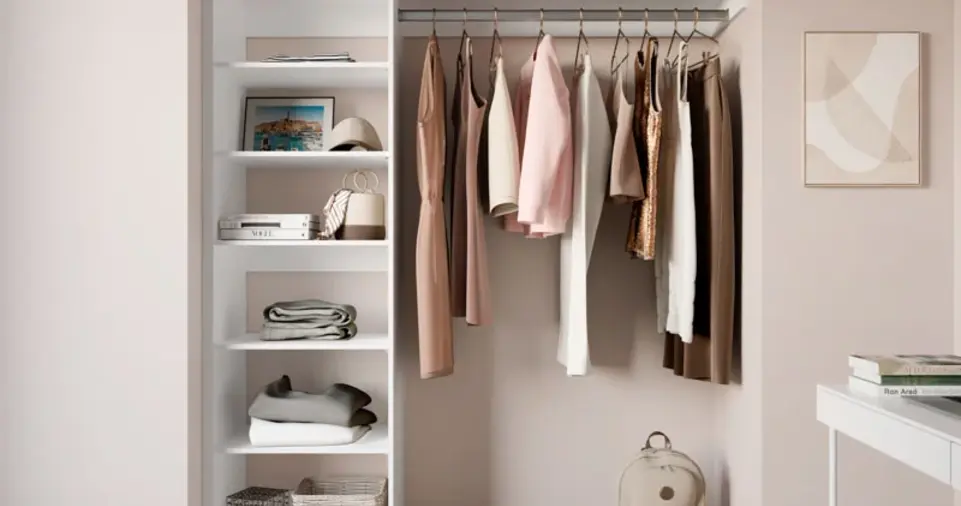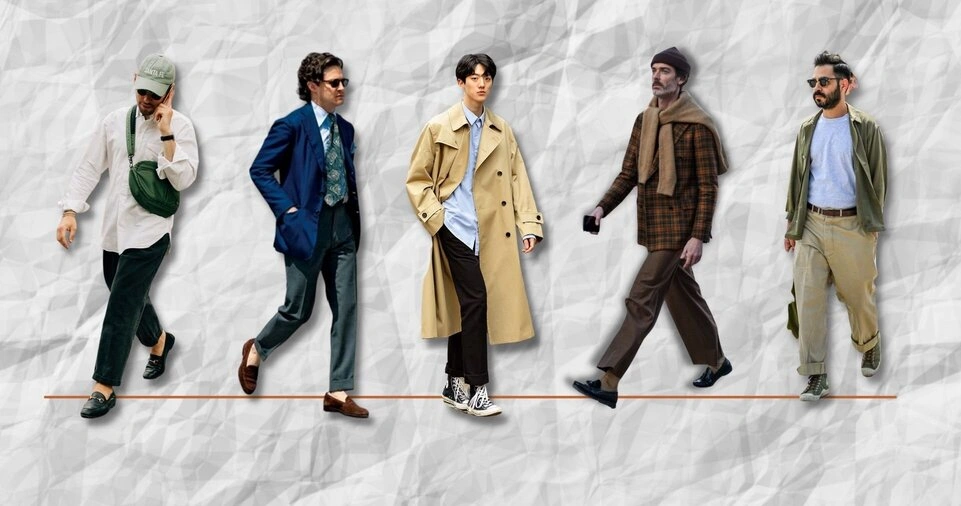Personal style is more than just the clothes you wear—it is a reflection of your personality, lifestyle, and confidence.
Finding your unique fashion identity helps you express who you are, feel comfortable in your own skin, and make a lasting impression.
Many people struggle with defining their style because of the overwhelming variety of trends and influences around them.
However, developing a personal style doesn’t mean sticking to one aesthetic forever; it’s about understanding what makes you feel your best and curating a wardrobe that aligns with your taste, body shape, and daily activities.
Fashion is ever-changing, but personal style is about creating a consistent look that enhances your confidence and suits your life.
Whether you admire minimalist elegance, edgy streetwear, or vintage glam, identifying your personal style is an exciting journey of self-discovery.
In this guide, we will explore detailed steps to help you determine your signature look, understand your fashion preferences, and build a wardrobe that truly represents you.
By the end of this article, you’ll have the tools to develop a cohesive, stylish, and effortless personal fashion identity.
Step 1: Assess Your Current Wardrobe
Analyze What You Already Own
The first step in discovering your personal style is to evaluate your current wardrobe. This helps you identify patterns, preferences, and gaps in your fashion choices.
Take a day to go through your clothes and separate them into three categories:
- Clothes you love and wear often
- Clothes you rarely wear but still like
- Clothes you no longer wear or don’t feel comfortable in
Look at the pieces in the first pile—what do they have in common? Are they mostly casual, formal, colorful, or neutral?
Do they have a particular silhouette or fabric type? The items in this pile likely reflect your natural style preferences.
Identify Your Go-To Pieces
Notice which pieces you gravitate toward the most.
These are often the foundation of your style. Perhaps you love structured blazers, oversized sweaters, or flowy dresses.
Recognizing these key pieces can help you build a wardrobe that truly represents you.
Purge Items That Don’t Reflect Your Style
If you have clothes that no longer make you feel confident or comfortable, it’s time to let them go.
Keep only the pieces that bring you joy and align with your ideal aesthetic. Decluttering your wardrobe will make room for items that better suit your evolving style.
Step 2: Seek Inspiration
Use Social Media and Fashion Websites
Finding inspiration is essential when identifying your personal style.
Platforms like Pinterest, Instagram, and fashion blogs provide endless outfit ideas.
Create a Pinterest board or save Instagram posts of outfits that resonate with you.
Follow Style Icons and Celebrities
Look at fashion influencers, celebrities, or even friends whose style you admire. Notice the details of their outfits—are they drawn to classic elegance, boho vibes, or urban streetwear?
Observe the colors, patterns, and accessories they choose and see how they align with your preferences.
Pay Attention to Trends That Appeal to You
While trends come and go, some might naturally fit your personal taste.
If you consistently admire certain trends (such as monochrome outfits, oversized silhouettes, or vintage prints), consider incorporating them into your wardrobe in a way that feels authentic.
Step 3: Define Your Lifestyle Needs

Consider Your Daily Routine
Your style should be practical and suited to your everyday life.
Think about your typical day:
- Do you need professional attire for work?
- Are you mostly in casual settings?
- Do you require comfortable clothing for an active lifestyle?
Identifying these needs helps you create a wardrobe that is both stylish and functional.
Balance Comfort and Style
While aesthetics are important, comfort should not be compromised. If you love structured outfits but feel restricted in tight clothing, opt for well-tailored yet comfortable fabrics.
Finding a balance between style and comfort ensures that your wardrobe works for you rather than against you.
ALSO READ: How to Create a Marketing Plan That Drives Results
Step 4: Experiment with Different Styles
Try New Looks
Experimenting with different styles helps you refine your fashion identity. Visit stores and try on outfits outside your usual preferences.
If you typically wear neutral colors, try bold patterns. If you love casual wear, test out structured pieces. The goal is to step out of your comfort zone to discover what truly resonates with you.
Take Photos of Outfits
Photographing yourself in different outfits allows you to objectively assess what works best for your body shape, skin tone, and personal taste.
Reviewing these images helps you see which outfits make you feel most confident and stylish.
Don’t Be Afraid to Mix Styles
Personal style doesn’t have to fit into one category. Many people blend different aesthetics to create a unique look.
You can combine elements of minimalism with boho-chic or mix classic pieces with edgy accessories. The key is to create a cohesive wardrobe that feels true to you.
Step 5: Choose Signature Colors & Patterns
Identify Colors That Suit You
Certain colors complement different skin tones, making them more flattering.
Experiment with different shades to see which ones enhance your complexion. If you feel great in jewel tones or pastels, incorporate more of them into your wardrobe.
Decide on Patterns and Textures
Do you prefer solid colors, florals, stripes, or abstract prints? Identifying patterns that appeal to you helps refine your style.
Additionally, consider the fabrics you love—whether it’s cotton, silk, denim, or leather.
Step 6: Build a Capsule Wardrobe

Invest in Timeless Basics
A capsule wardrobe consists of versatile pieces that can be mixed and matched effortlessly.
Some essentials include:
- Well-fitted jeans
- Classic white and black tops
- A tailored blazer
- Comfortable sneakers and formal shoes
- Neutral-colored dresses or skirts
Add Statement Pieces
While basics create the foundation, statement pieces add personality to your wardrobe.
These could be bold jackets, unique accessories, or patterned scarves. Statement pieces should reflect your unique style and make your outfits stand out.
Step 7: Accessorize Thoughtfully
Find Your Signature Accessories
Accessories enhance your overall look. Some people love delicate jewelry, while others prefer bold, chunky pieces.
Whether it’s a signature watch, earrings, or handbags, accessories help define your style.
Experiment with Shoes and Bags
Footwear and bags can make or break an outfit. If you love a chic look, invest in sleek heels or loafers. If you prefer a relaxed vibe, sneakers or ankle boots might be your go-to. Bags also play a key role—structured totes for a polished look, crossbody bags for casual outings.
Step 8: Trust Your Instincts & Evolve
Wear What Feels Right
Trends fade, but personal style remains. The most important rule is to wear what makes you feel confident. Your style should reflect your personality, not just what’s popular at the moment.
Allow Your Style to Evolve
Personal style isn’t static—it evolves with time, experiences, and changing preferences. Be open to new inspirations, but always stay true to yourself.
ALSO READ: How to Choose the Best Technology Tools for Your Business
Conclusion
Identifying your personal style is a journey of self-expression, confidence, and practicality.
By assessing your current wardrobe, seeking inspiration, understanding your lifestyle needs, and experimenting with different styles, you can build a wardrobe that truly represents you.
Fashion is not about following trends—it’s about creating a look that makes you feel authentic and empowered.
Take your time, trust your instincts, and enjoy the process of discovering your unique style!







